After the launch of the current-gen GPU lineups, especially AMD's RX 90 series, it feels like the old definitions of high-end and mid-range GPUs have become blurred more than ever. It used to be that high-end gaming was confined to high-end GPUs, but with cards like the RX 9070 XT, mid-range GPUs suddenly feel like all I need for enjoying top-tier gaming. Even 4K gaming is no longer the domain of $1,000 GPUs. Plus, a mid-range GPU doesn't require an overkill power supply, or lock you out of frequent upgrades.
5 Mid-range GPUs feel like the new high-end
Premium 1440p or decent 4K
The biggest reason I feel this way about the new mid-range GPUs is the RX 9070 XT. AMD made huge promises prior to its launch, and for the first time in a long time, made good on those promises. The RX 9070 XT isn't cheap at $600, but it's smack-dab in the middle of the mid-range segment, and the value you get for that money is phenomenal. No-compromise 1440p gaming and even respectable 4K gaming, with ray tracing turned on, have never been more accessible.
These kinds of gaming experiences used to be limited to Nvidia's 80-class and 90-class GPUs, but AMD has decisively lowered the barrier in that respect. Classifying Team Green's RTX 5070 Ti as a mid-range GPU might be too generous, but the cheaper RTX 5070 at $550 is not too bad, especially if you care about ray tracing performance. AMD made big strides in ray tracing as well as upscaling performance this generation, and I'm excited to see how they build on top of this.
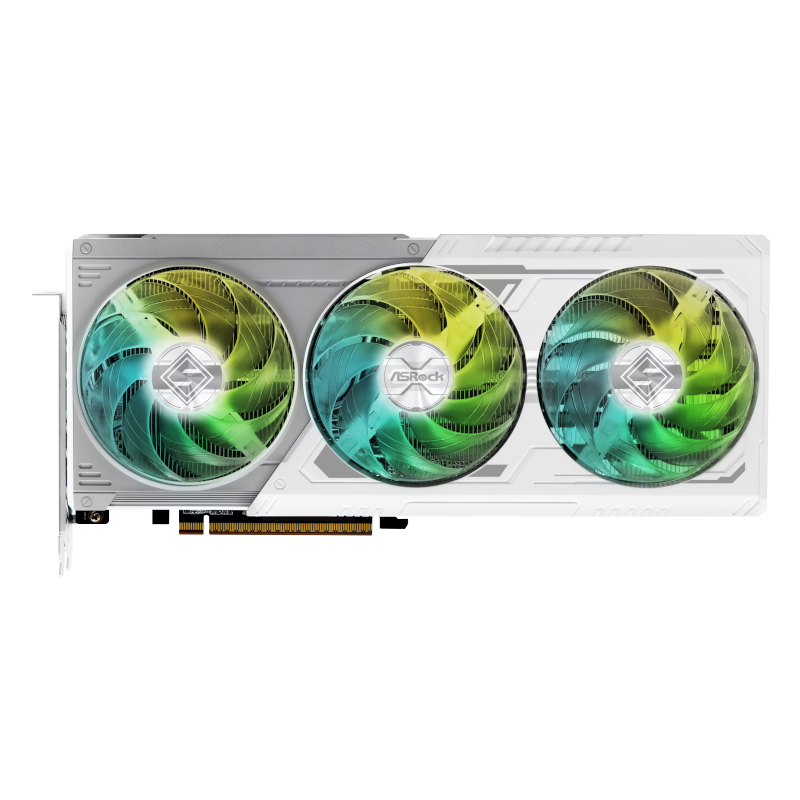
Memory Clock Speed 2518 MHz
Architecture RDNA 4
Process 5 nm
Shader Units 128
The RX 9070 XT is one of the best GPUs for high-end 1440p and decent 4K gaming. With advanced ray tracing and upscaling complementing ample VRAM, the RX 9070 XT is a great buy at its MSRP of $600.
4 The premium experience doesn't demand premium pricing
The mid-range segment feels stronger than ever
Before the launch of AMD's RX 90 series, it was unthinkable to expect this kind of performance at the $600 price point. AMD had publicly bowed out of the high-end race, leaving Nvidia alone at the top. AMD, however, was cooking behind the scenes, and delivered one of the best Radeon GPUs in a long time. Today, $500–$600 GPUs can get you the performance that was only possible in the $800–$900 segment last generation.
Think about it: the RX 9070 XT is faster than AMD's own $900 RX 7900 XT, and the RX 9070 performs as fast as the $800 RTX 4070 Ti Super. It's true that getting the RX 9070 XT below $730–$770 isn't really realistic right now, but you can't easily buy the RX 7900 XT for cheaper, or the RTX 4070 Ti Super at any price, really. High-end gaming has truly become cheaper this generation, and you don't even have to compromise on ray tracing, upscaling, or frame generation that much.
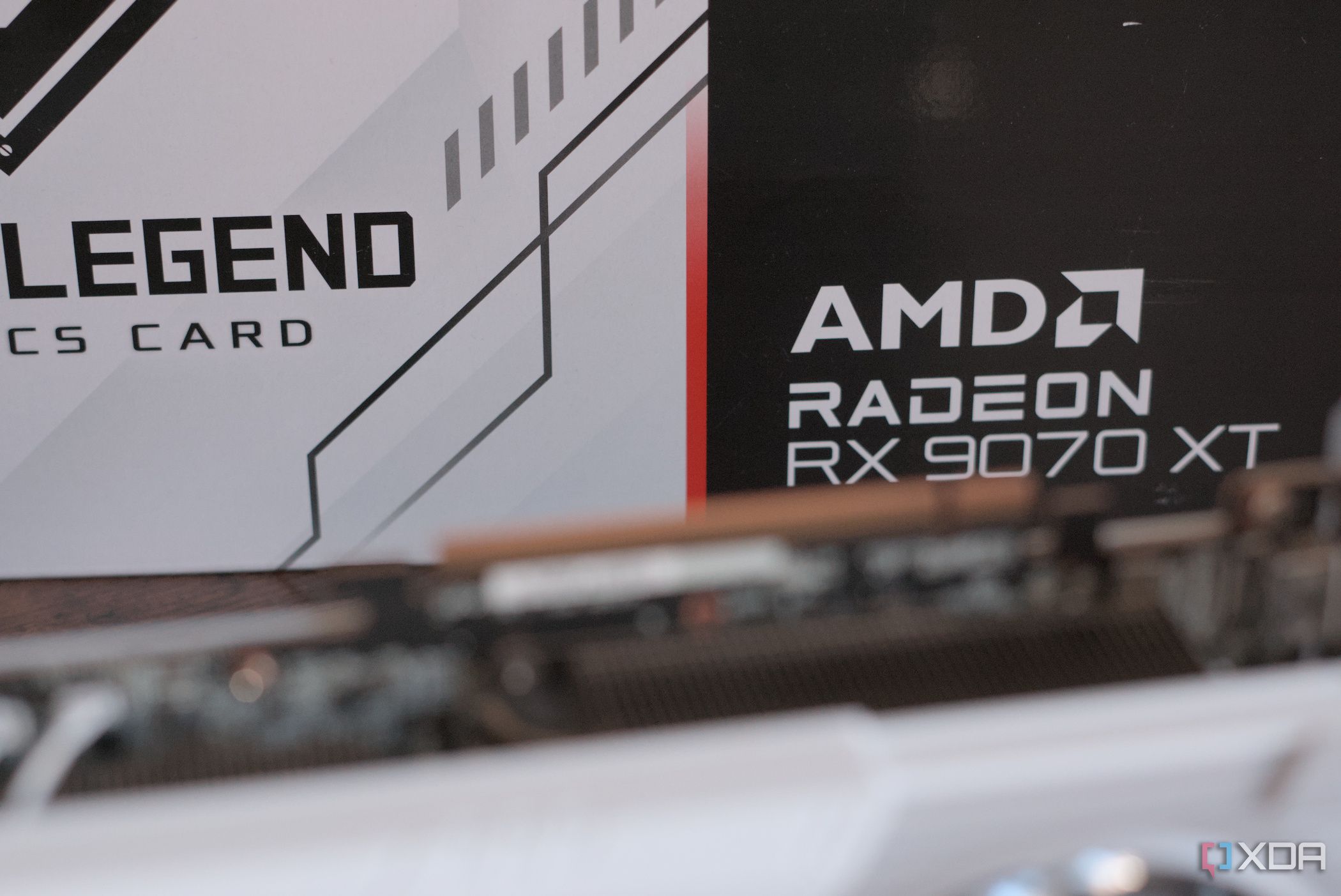
Related
Here's why I don't miss Nvidia after upgrading to an AMD Radeon RX 9070 XT
I'm finally leaving team Green altogether in favor of AMD's new Radeon RX 9070 XT, and I'm not looking back.
3 Upscaling and frame generation pick up the slack
These tools are perfect for mid-range GPUs
As much as some of us don't want to admit it, upscalers like DLSS, FSR, and XeSS are an integral part of gaming now. With the RTX 40 series, frame generation joined the conversation, and now, Multi Frame Generation is fast becoming more than just "fake frames". These technologies are further enhancing the performance of mid-range GPUs, and I feel this particular class of GPUs is the most suitable use case for these tools.
High-end GPUs don't always need extra help generating triple-digit framerates or saturating your monitor's refresh rate. On the other extreme, techniques like frame generation are off the table when talking about the base framerate provided by budget GPUs. Mid-range cards, however, are powerful enough to generate enough frames to make upscaling and frame generation feasible augmentations, and you don't have to struggle with high latency or annoying artifacts.
If you feel your mid-range GPU is lacking in raw performance, tools like DLSS and FSR are now advanced enough to fill in the gaps, and make even 4K high-refresh-rate gaming possible without spending a bomb.
2 You don't need overkill PSUs and cooling hardware
Keep it simple, silly
Another underrated benefit of using a mid-range GPU instead of a high-end one is that you don't need to spend a premium on an overkill power supply. You don't need to buy a 1600W power supply for your RX 9070 XT or RTX 5070 Ti. A decent 850W PSU is all you need to power your mid-range card. For those wishing to upgrade to a high-end GPU a few years down the line, you could opt for a 1000W model, but that's about it.
When your graphics card doesn't demand excessive power, it doesn't need beefy coolers and complicated cooling setups to tame it. With a mid-range GPU, you can easily pick one of the cheaper AIB models instead of the high-end variants, and run it without a sweat in a case with minimal intake and exhaust fans. You could even realistically install it in a compact case or mount it vertically, and it won't break a sweat.
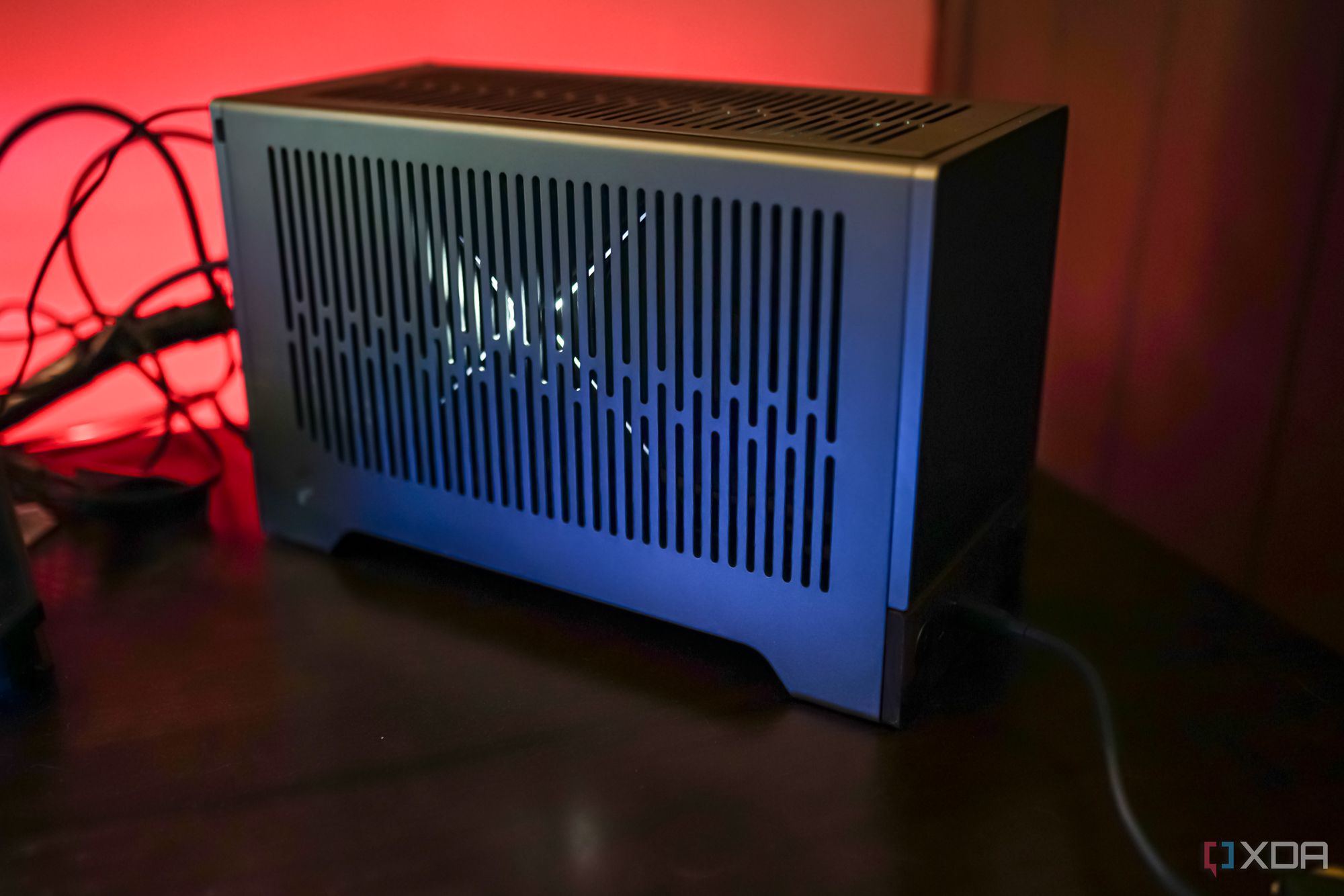
Related
My crazy powerful gaming PC feels like a ticking time bomb
We shouldn't have to worry that high-end hardware will burn itself up.
1 You can consider more frequent upgrades
Instead of being stuck with a pricey investment
An unspoken downside of buying a top-tier graphics card is that you feel compelled to justify your investment. This can often force you to retain your GPU for longer than you'd otherwise want to. Instead of upgrading to a new, more compelling product two or three years later, you convince yourself that you should keep using your expensive GPU for a few more years. With a mid-range GPU, however, this compulsion is less of an issue.
Replacing a $500–$600 graphics card within two years feels much more reasonable, and you might even recoup a larger percentage of your investment back on selling it. You might even upgrade to a high-end GPU next generation, since you saved money the last time. It might or might not be a prudent decision — that depends on FPS per dollar — but this is how the mind works. A mid-range GPU keeps your options open, and you can jump at an attractive opportunity instead of being stuck with an expensive behemoth.
A reshuffling of the GPU market
It's been another year of high-end GPUs getting more expensive and budget GPUs not seeing much action (except for the Intel Arc B580). It seems the mid-range segment is the most happening right now. With AMD's RX 90 series cards delivering solid gains over the last generation, along with a huge jump in ray tracing performance, high-end gaming has become more accessible than ever before. You no longer need to spend over $600 for a top-tier gaming experience, provided, of course, prices return to normal.
.png)
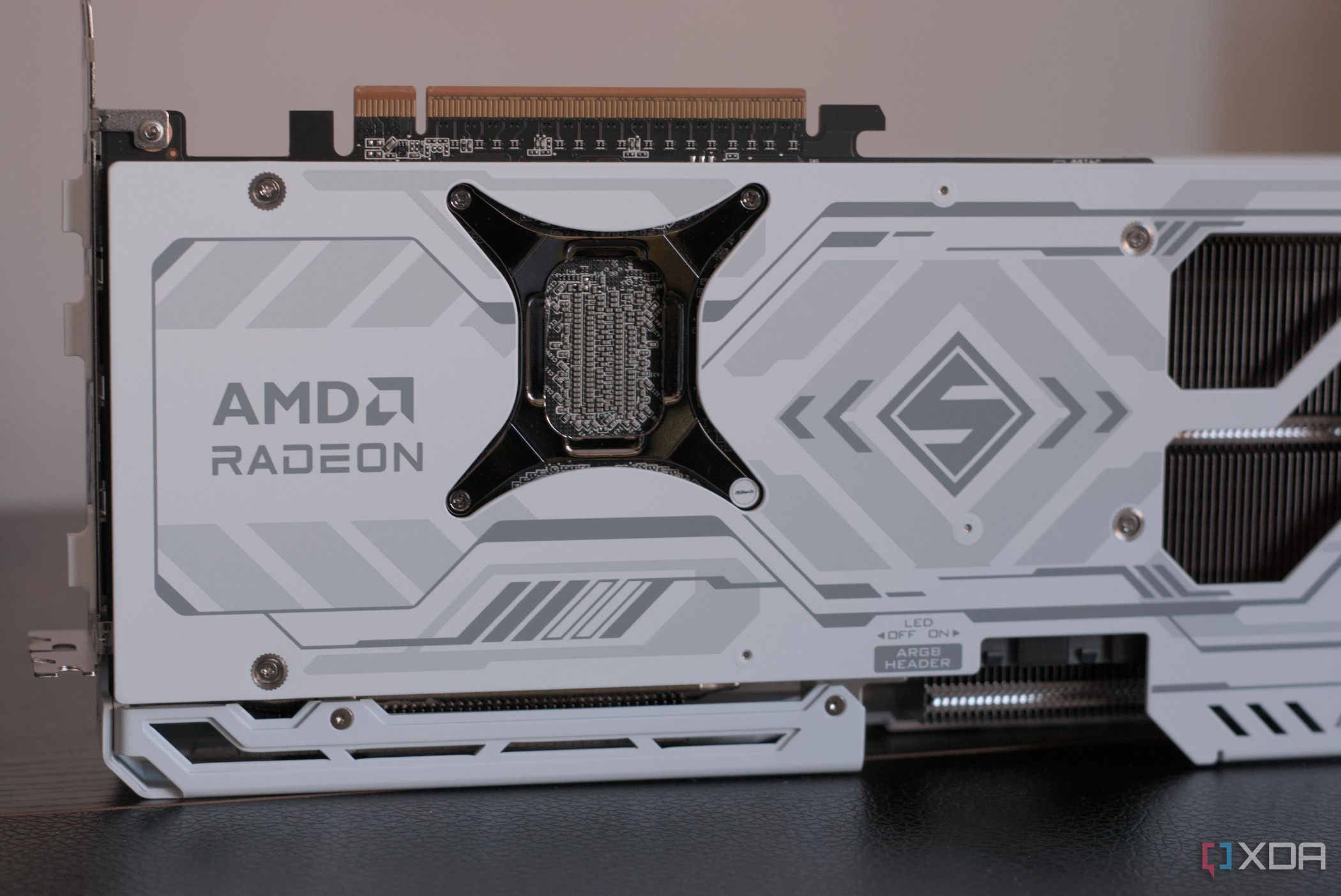
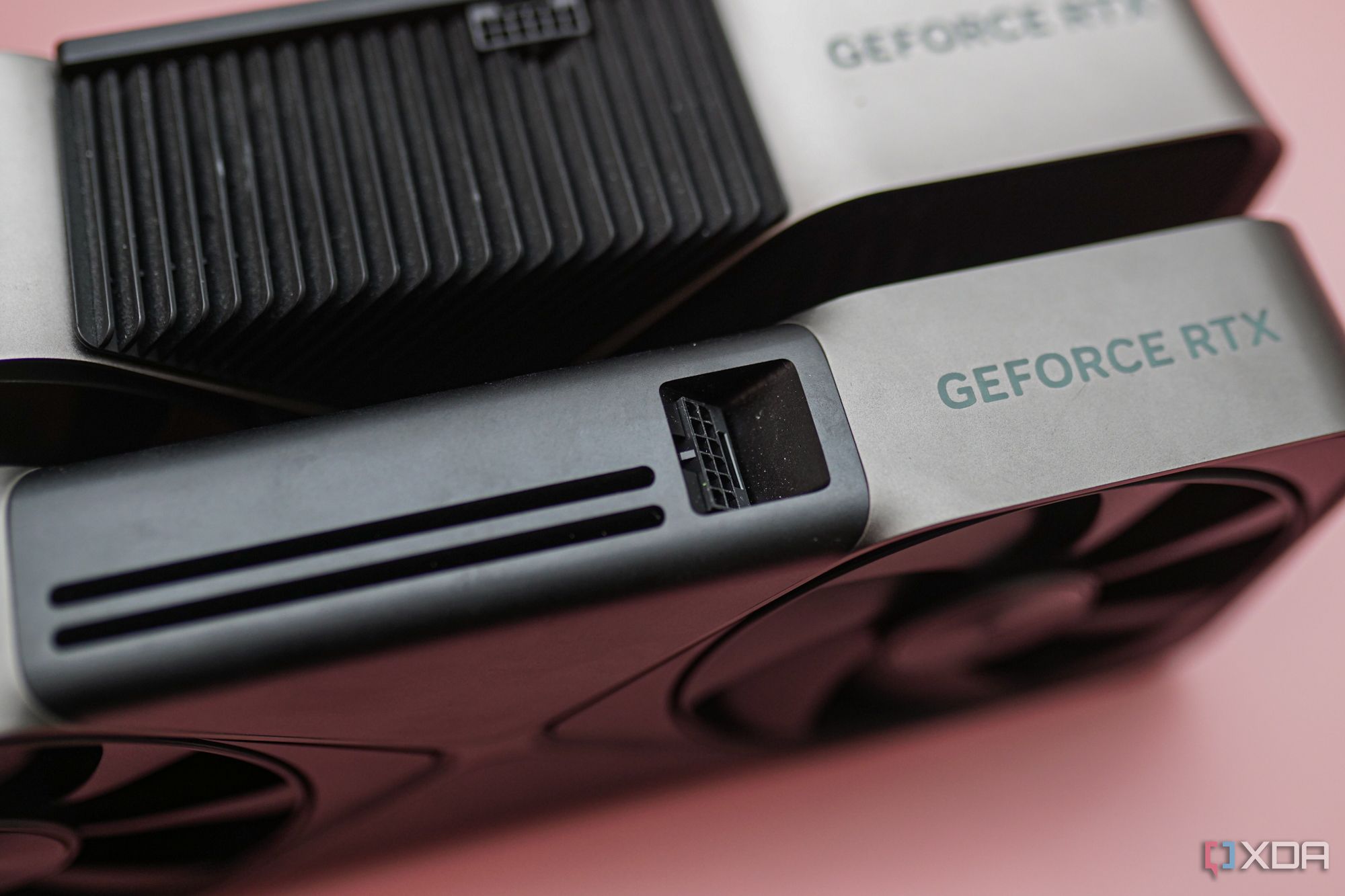
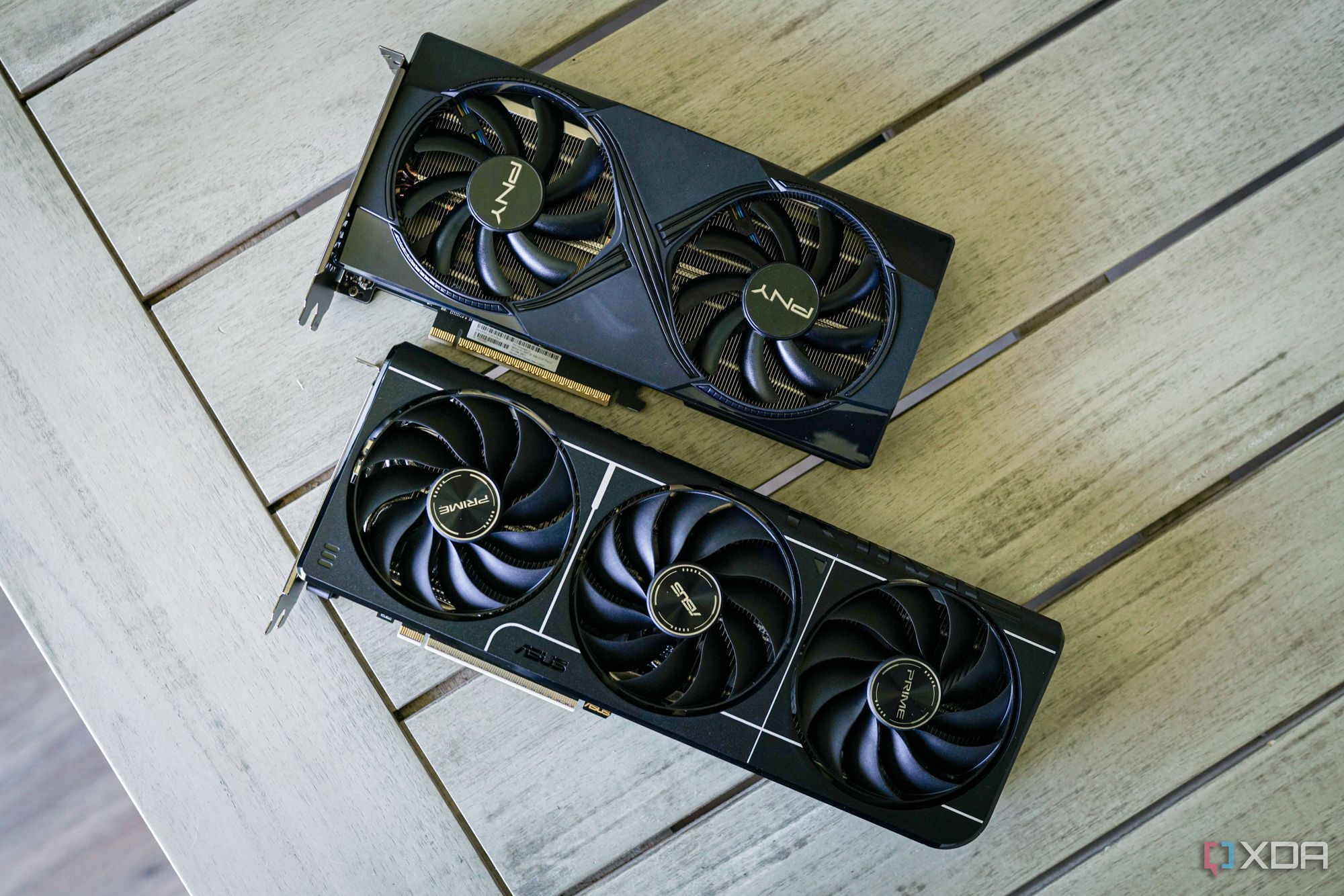
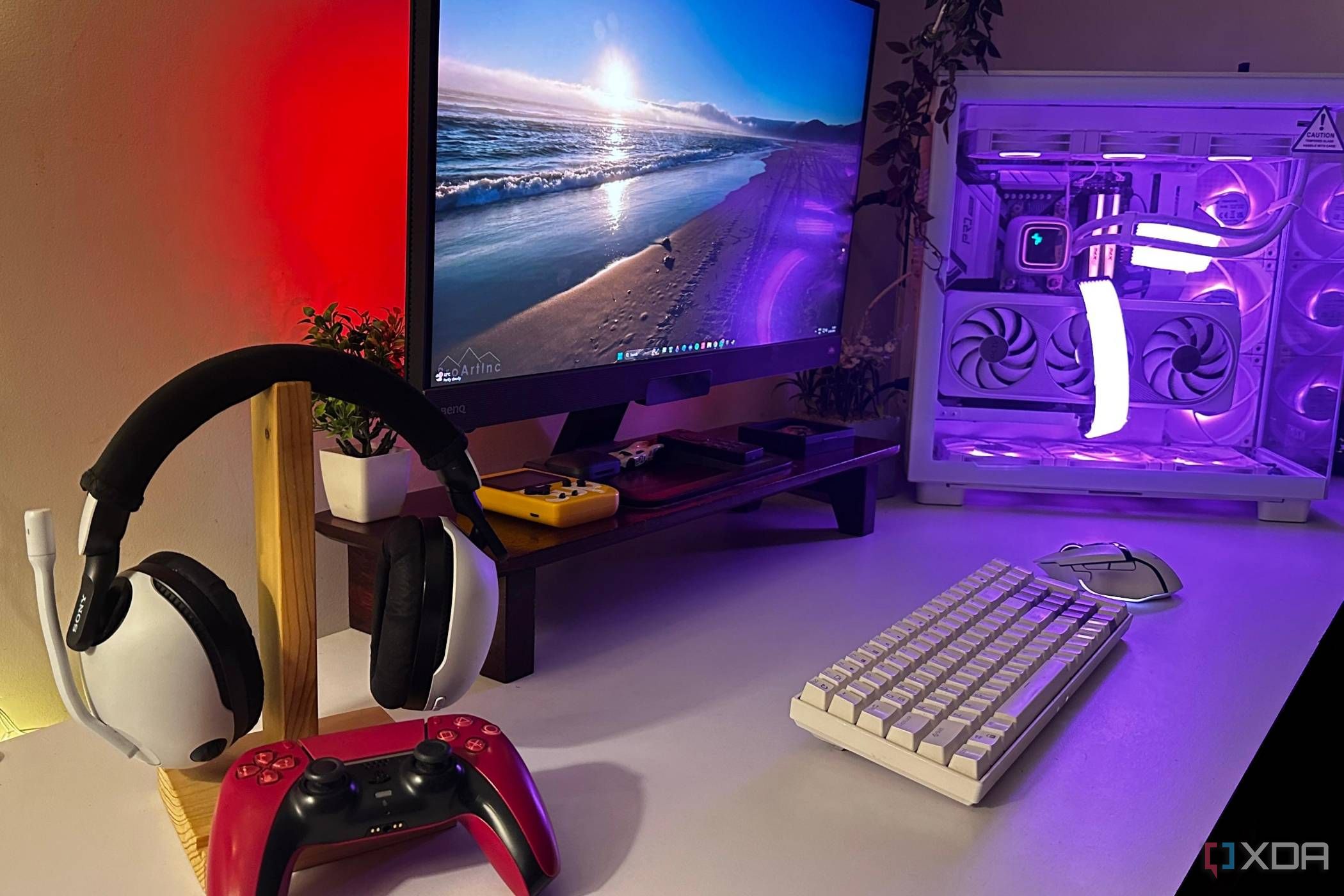


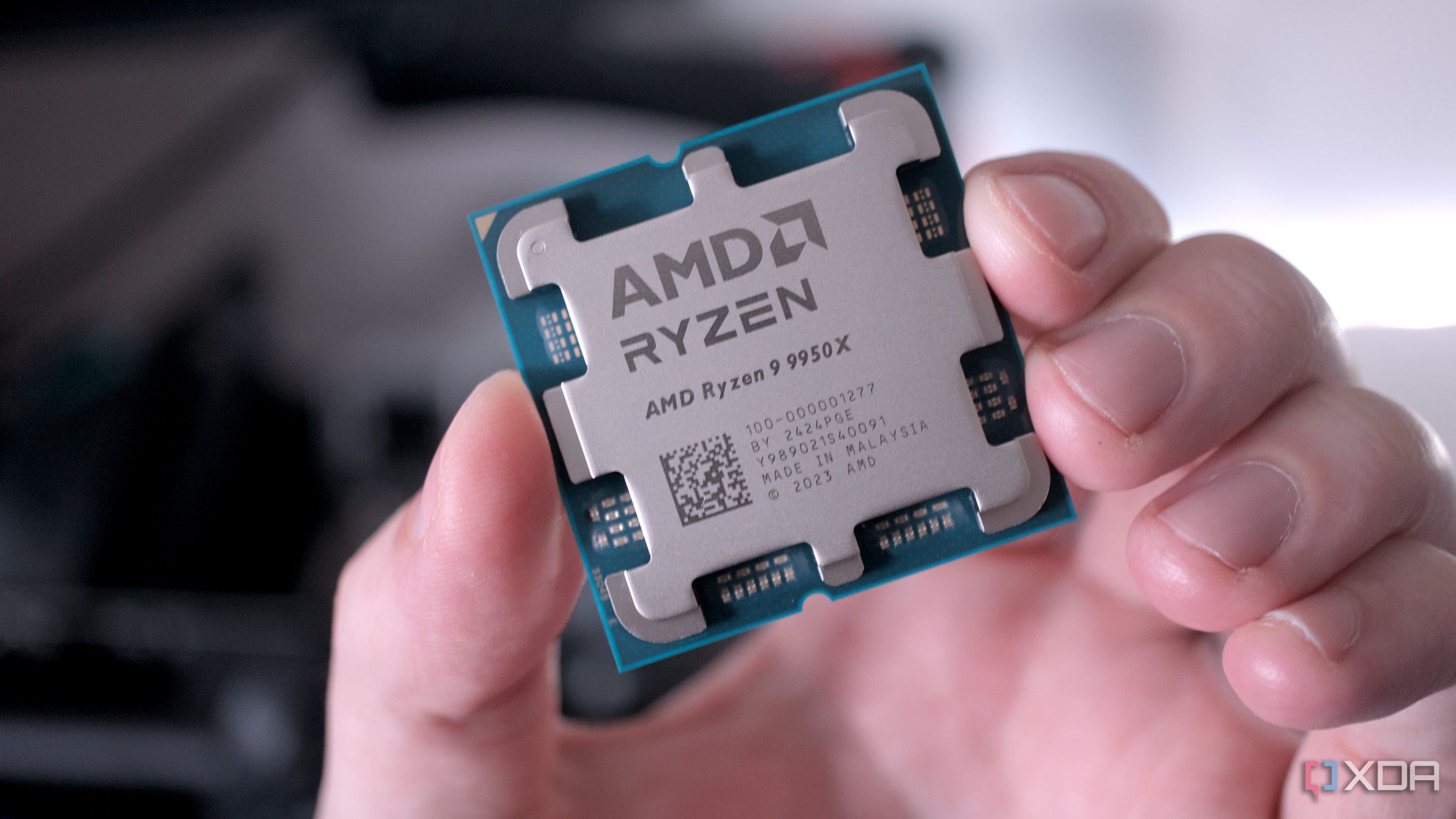

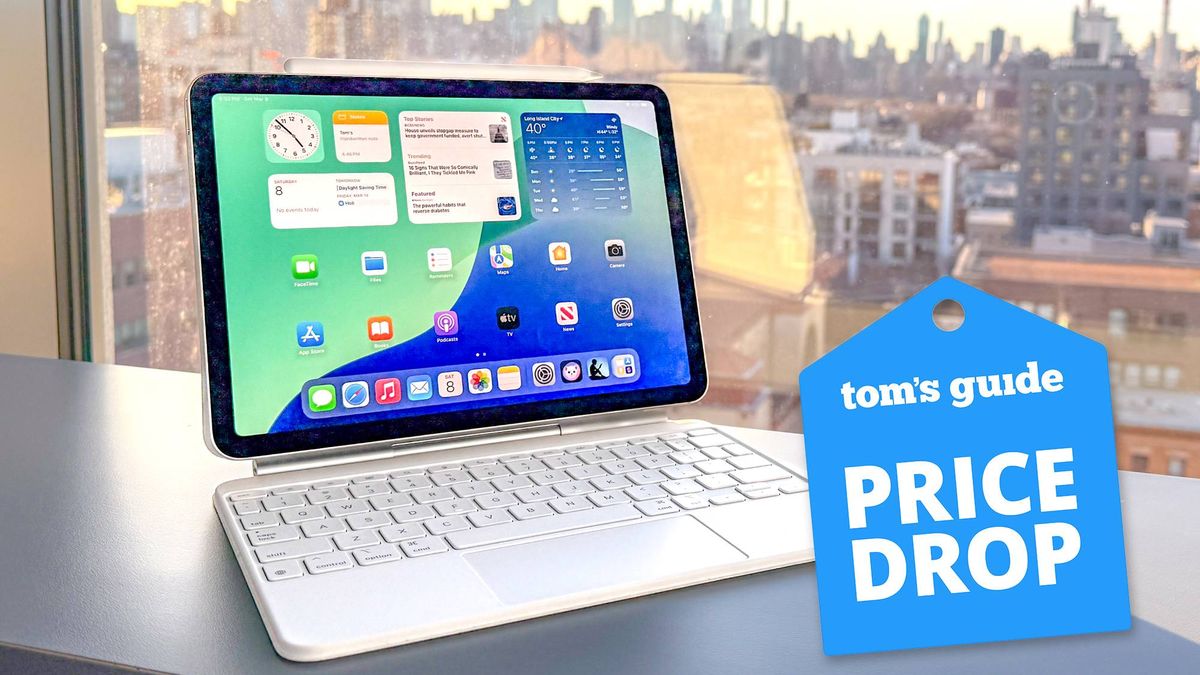






 English (US) ·
English (US) ·